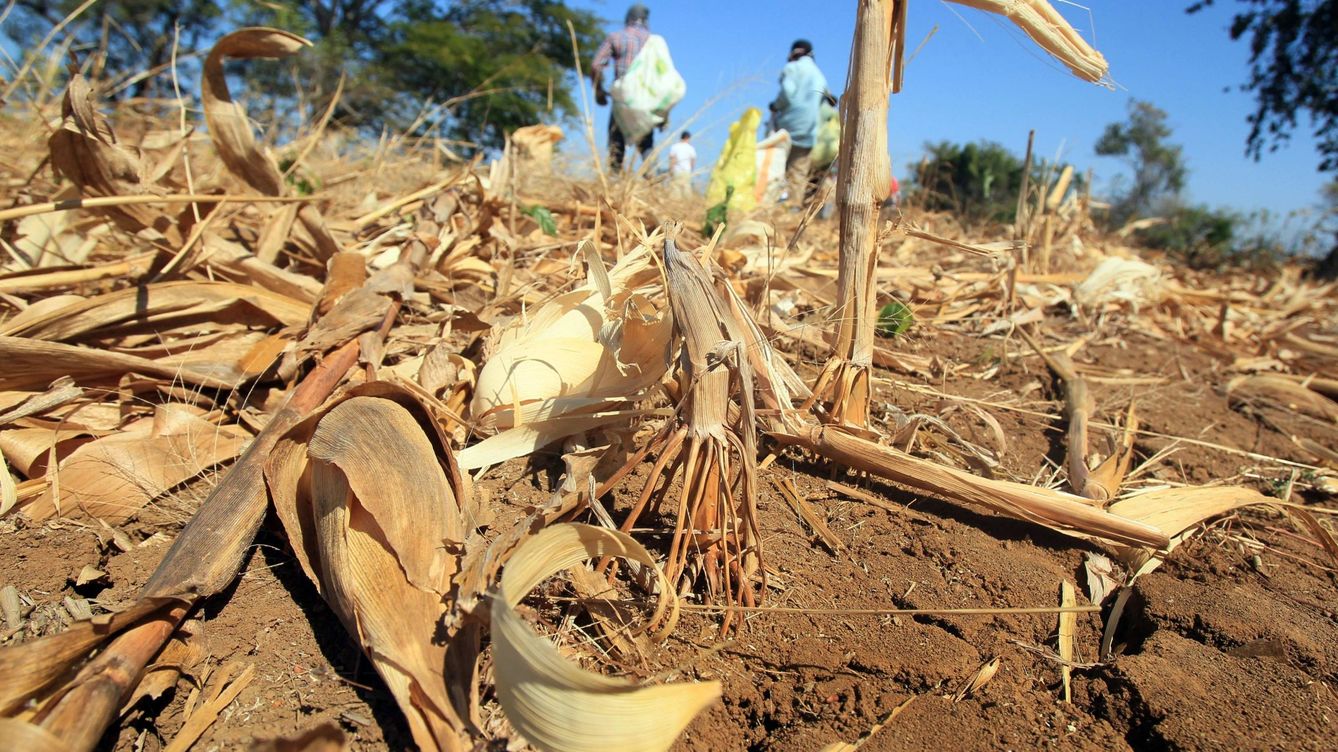Four guiding principles to managing Natural Capital for sustainability in Neotropical watersheds
“Increased frequency of severe weather events”. This is a now familiar refrain from climate scientists, ecologist, and conservationists when speaking about the known impacts we can expect from climate change. What does this mean to those charged with making policies and managing Natural Capital?
It could mean that the 300 year floods of December 2010 – the flood of record in the Panama Canal Watershed and floods that devastated parts of Colombia and other Latin American countries – may return in far fewer than 300 years. It could mean that the especially severe El Niño that Mother Nature has laid on this year leading to historic droughts throughout the region may be repeated in a matter of years or decades, not centuries. Indeed, all bets are off in using the frequency of past storms and droughts to predict the future.
Bob Stallard, of the U.S. Geological Survey and the Smithsonian Tropical Research Institute, likes to point out that in the popular culture of weather reporting, television meteorologists and web sites always compare events to the long term average – “stationarity” in technical language. It is logical. We want to put events and conditions into context. So how do we compare to “average” or “normal”? Sure, we want to know how current events compare to records too – we love to set records or at least know our current misery is of historic proportions. But can managers plan for or make decisions based on “normal”?
If the Panama Canal Authority had not correctly banked on the Natural Capital of Chagres National Park and only been ready for “normal” in December of 2010, then evidence strongly suggests that we would not be preparing to celebrate the opening of a new set of locks – an event that will impact commerce all around the world – but rather rebuilding the locks and dams of the Canal and the economy of Panama. If we do not learn from our land management mistakes and take actions,like converting traditional cattle farms into silvo-pastoral systems that both buffer the stress felt by the animals during heat waves and help provide habitat for birds, jaguars, and a host of other animals, then we are in for a difficult future.
Preparing for the future in an era of global change can seem overwhelming at times. Deforestation and the slow grind of forest degradation due to overharvesting of forest products threaten the biodiversity values, water related, and other ecosystem services that we have come to take for granted in our watersheds. Fortunately, recent evidencesynthesized for the rolling hills and mountains of the Neotropics suggests that the actions necessary to buffer the impact of land use change on ecosystem services also are wise policy to mitigate the impacts of climate change.
Scientists, economists, practitioners, and policy analysts have made great advances in understanding how to overcome governance and other barriers that stymie the best intentions of managers and to provide science-based answers to management challenges. While no “cookie cutter” approach will solve the problem, a recent synthesis of the latest science and practice of watershed management in Latin America point to a set of guiding principles that, when followed, can lead to a more sustainable future:
1) Invest in public education and capacity building about how watersheds work and the goods and services they provide.
2) Use science based diagnostic tools and map formal and informal decision making.
3) Engage a wide range of stakeholders in participatory planning.
4) Use positive reinforcement along with law enforcement to encourage effective watershed stewardship.
Managing Watersheds for Ecosystem Services in the Steepland Neotropics (available as interactive e-book and PDF) elaborates on these principles as well as explaining how the latest research and practice supports them. Properly managing Natural Capital is achievable, and is essential for a sustainable future.
If you are interested in Natural Capital and Biodiversity, follow us on Twitter @BIDecosistemas.


Leave a Reply